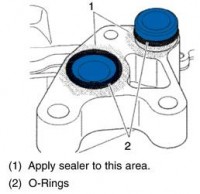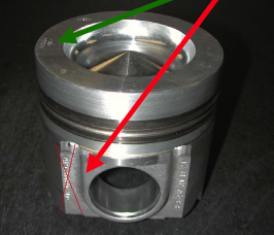After the correct break-in lubricant is applied to the cam and lifters, fill the crankcase with fresh non-synthetic oil. Prime the oil system with a priming tool and an electric drill so that all oil passages and the oil filter are full of oil. Preset the ignition timing and prime the fuel system. Fill the cooling system. Start the engine. The engine should start quickly and run between 1,500 and 3,000 rpm.
If the engine will not start, don’t continue to crank for long periods, as that is very detrimental to the life of the cam. Check for the cause and correct. The engine should quickly start and be run between 1,500 to 3,000 rpm. Vary the rpm up and down in this rpm range during the first 15 to 20 minutes, (do not run the engine at a steady rpm). During this break-in time, verify that the pushrods are rotating, as this will show that the lifters are also rotating. If the lifters don’t rotate, the cam lobe and lifter will fail. Sometimes you may need to help spin the pushrod to start the rotation process during this break-in procedure.
Lifter rotation is created by a taper ground on the cam lobe and the convex shape of the face of the flat tappet lifter. Also in some cases, the lobe is slightly offset from the center of the lifter bore in the block. If the linear spacing of the lifter bores in the block is not to the correct factory specifications, or the angle of the lifter bore is not 90 degrees to the centerline of the cam, the lifter may not rotate.
Even if the engine you’re rebuilding had 100,000 miles on it and the cam you removed had no badly worn lobes, this still doesn’t mean that your block is made correctly. It just means that the break in procedure caused everything to work correctly. Be careful to watch the pushrods during break in to verify lifter rotation. Don’t assume everything will work correctly the second time.


